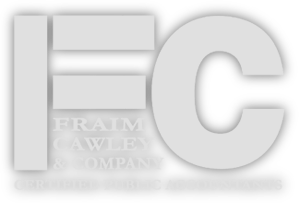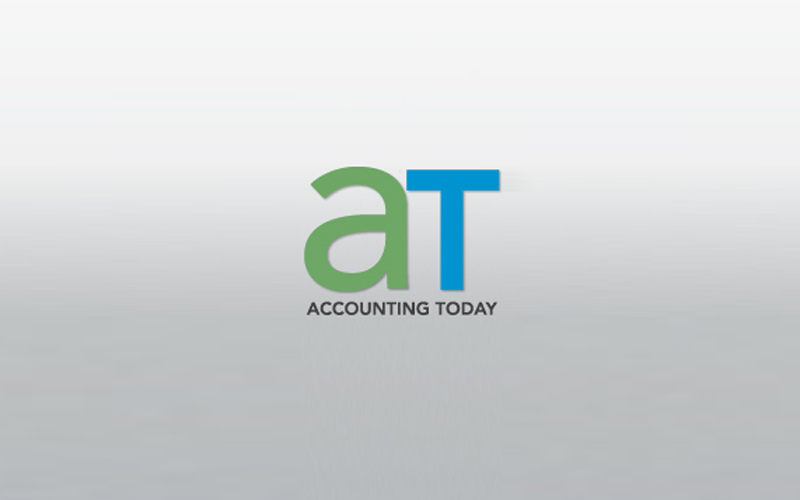I recently wrote an article for Accounting Today discussing how firms can attract and retain Millennials as clients (this group is also known as Generation Y – and refers to those in the 18-to-34 age group). While geared towards accountants, the advice in the article holds true for most industries and businesses. For years the majority of business decision makers, and those control the most purchasing power in general, have been either Baby Boomers (generally 51-69 years old today) or Gen X (35-50). But that is changing – in a big way. So interaction and marketing geared towards Millennials is clearly becoming increasingly important. With this shift, companies in all sectors do well to take stock of their practices. The original article follows below:
How Firms Can Attract and Retain Millennials
With Millennials surpassing Baby Boomers as the largest living generation this year, more and more businesses are concerned with how to connect with Millennials and retain them as customers.
Accounting firms are no different. They are more vulnerable to this shift than companies in other industries. As with any business-building endeavor there are two major concerns: client acquisition (getting them) and retention (keeping them).
Acquisition
Accountants on the whole are poor marketers. Sorry if that offends, but I stand by it. Most of us are more attuned to the technical and analytical aspects of our field, and do a sub-par job when it comes to proactively attracting clients. Aspects of this were highlighted very well in Natalia Autenrieth’s article on transitioning from CPA to financial advisor. She notes: “[t]o oversimplify for the sake of example, as long as you can fog up the mirror, have a CPA license and be available, someone will show up.”
We as accountants have the luxury of generally being in-demand and many are likely still influenced by the fact that advertising by accountants has been banned in the past. But the “fog up the mirror” approach simply will not work with Millennials. They make consumer decisions differently than previous generations.
Shingles hanging outside a building, phone book directories, and even word of mouth referrals carry less weight with them and are not necessarily how a purchasing decision will be made. The majority of decisions are made at least partially on some digitally sourced information. Accounting firms at the very least need to focus on these basics:
- Online testimonials and reviews: These are more easily accessible than word of mouth referrals and 88 percent of consumers trust them just as much.
- Social presence and activity: Social networks provide the ability for consumers to find information on your company or share their experiences with friends. They often double as review hubs (#1 above) and are an important component of Search Engine Optimization (#4 below).
- A modern and professionally designed website: This is a requirement among younger consumers. This is your storefront and your face in the digital world. Having a landing page with your contact information may have sufficed five years ago, but a poorly-designed website in today’s market makes you look like an amateur and will send Gen Y prospects running away from you as fast as their digital feet will let them.
- Search Engine Optimization/Pay-Per-Click (SEO/PPC): A great-looking website is fantastic, but its utility is limited if no one finds you on a Google search. Investing to rank higher on search engines provides one of the highest ROIs from advertising spend. It is relatively low-cost and is targeted to people who are interested in your services. For example, anyone searching for “CPA Roanoke” is already looking for an accountant in my area. Why shouldn’t they see my name pop up first? (By the way, they do—and that didn’t happen by accident.)
- Blogging and email marketing: Blogging not only helps your SEO, but it also showcases your knowledge to clients and prospects. All of the articles I write are emailed to clients, prospects and business contacts. It costs next to nothing aside from time and is an excellent way to build relationships with existing and prospective clients.
An in-depth discussion about these business strategies is not possible within the confines of this article. Entire websites are devoted to these matters, and when I consult with other accounting firms regarding how to design and implement a program for their firm, it takes a meaningful amount of time. But the key takeaway for accounting firms needs to be this: Millennials make decisions based on information that is fed to them digitally. Failure to be properly represented and active online are costing firms the business of this increasingly important demographic.
Retention
So let’s say you’ve invested the time and money on various aspects of digital marketing and have a bunch of Millennial/Gen Y clients. Great, but it only stays great as long as you keep them. I pick up Millennial clients frequently, often because they have been dissatisfied with the relationship and interaction with their previous CPA.
Sometimes this is just because of personalities not meshing, but sometimes it comes down to the manner in which Millennials do business. Again, this has the slant towards the digital. None of the suggestions below are earth shattering. Still, they do provide a level of convenience and comfort that the tech savvy appreciate.
- Email responsiveness: My attachment to my cell phone borders on illness and obsession. But I am a Millennial! With that compulsion I respond to most emails within two hours—even if just to say, “I’m on it. I’ll be back to you soon,” if I don’t have the answer immediately. The accountant down the street with a desktop computer who will respond to the urgent 5:30 PM email the next morning isn’t endearing himself to the anxious client. The person with email on his iPhone answering at 7 PM is. (Yes, I know you don’t want to do that. Who does? But the real question is “do you want to keep clients for years to come?” If so, we have to adapt.)
- Electronic sending and receiving of documents: I have some clients I literally do not see all year. I have clients that I have never met in person—some of whom live thousands of miles away. All of the interaction is via phone, email and other electronic means. They send their tax documents to me, I prepare the return, and I shoot them the finished copies and authorization forms all electronically. In previous years this may have been a security concern, but there are a number of low-cost encryption services that make this safe and convenient. You can even include a link in your email signature for clients to send you files through a secure server.
- Shared folders: Same concept as the above, but some clients have documents to send to you monthly. For these you can install shared folders (with services like Dropbox or Google Drive.) These function the same as any other folders on your computer except both you and your client have access to the files therein.
- Videoconferencing and remote meetings: Oftentimes clients will need assistance with their QuickBooks or other accounting software. Rather than having them haul everything to your office or you going to their location, it is possible to use a meeting software to fix the issue remotely. You can port into their computer and there is even a video chat function while you are doing it. It is time efficient for you, and younger clients love it.
- Text messaging: This has been the subject of a number of comedy routines. Some younger generations have a near phobia of talking on the phone. If you have teenagers around, you know this. Younger clients often prefer the convenience and ease of texting for short discussion. The ability for them to shoot you a quick question without hesitation, not having to worry if they’re bothering you or whether they’re going to end up in a protracted phone conversation carries a lot of value to Millennials.
- Electronic payments: I have had clients who do not know how to send a letter or write a check. All of them under 25. And they aren’t uneducated or stupid. Gen Y just does things differently. This sounds funny, but for many people it is a rare occurrence. Driving to a post office to pick up stamps to mail you a check (when they can’t even find their checkbook anyway) seems like a big imposition. You must make it easier for them by allowing the ability to pay online. It helps you get your money faster, gives them an easy record of the payment, and is convenient for them.
Perhaps you’re saying, “But I like the way I do things now.” The point, though, is that the biggest pool of future business—and lasting business—does not like the old way of doing things. And if you won’t accommodate their style and their desired interaction, someone else will gladly do so and will prosper at your expense.
These and other small tweaks can build loyalty between you and your Millennial-aged clients. They are simple to implement and in many cases actually save you time, in addition to creating happy clients. You can’t get much better than that.
If you’d like to view the original article it can be found here.
Any accounting, business, or tax advice contained in this communication, including attachments and enclosures, is not intended as a thorough, in-depth analysis of specific issues, nor a substitute for a formal opinion, nor is it sufficient to avoid tax-related penalties.




